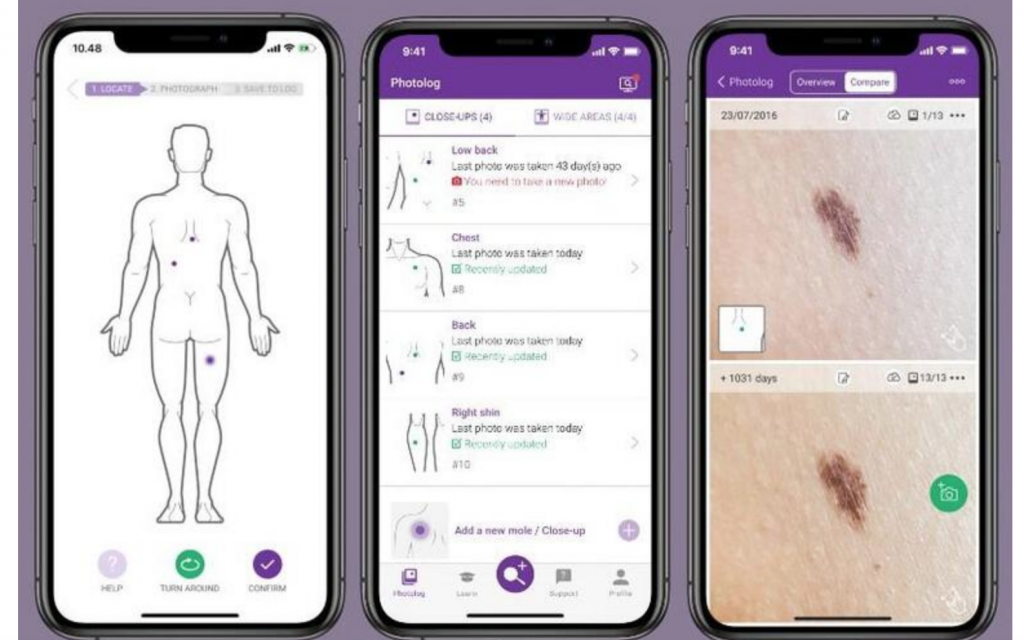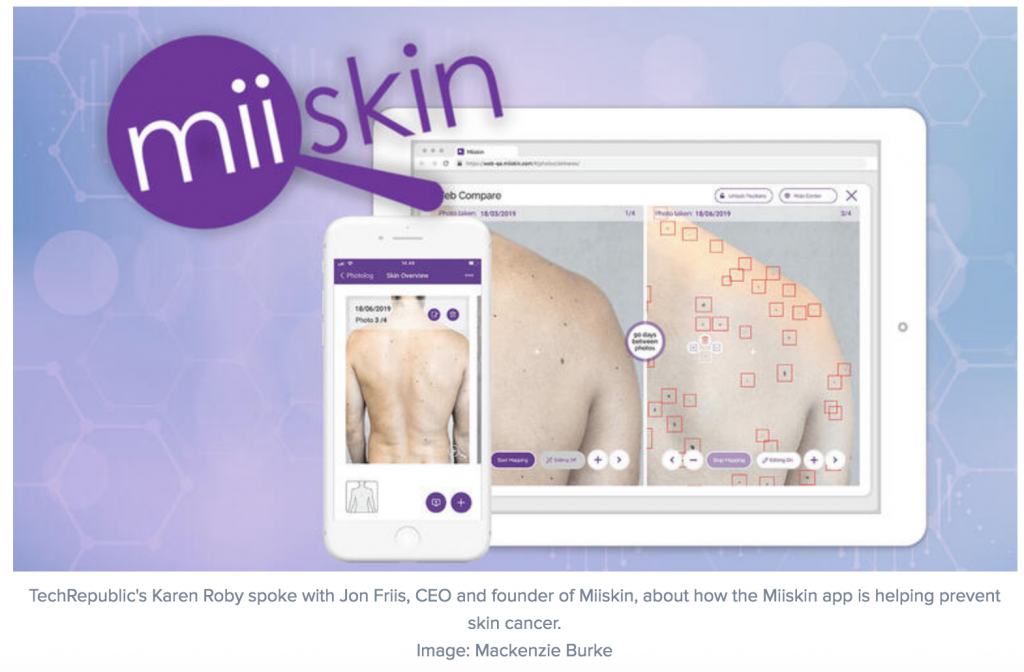Going Skin Deep with Neural Networks to Prevent the Spread of Skin Cancer
After watching man episodes of Dr. Pimple Popper on Discovery TV, I can tell you it not good to wait until a pimple or a mark on your skin becomes a nightmare requiring medical intervention. All of us have little moles or sun marks on our skin that just don’t seem important enough to go to the doctor about. But wouldn’t it be a better world if we could use our smartphone to tell us if we have a possible cancer growth?
An article we found at news.mit.edu. reveals a new phone app that is using DCNNs or deep convolutional neural networks to take a scan of your skin and analyze it.
DCNNs are neural networks that can be used to classify (or “name”) images to then cluster them, such as when performing a photo search, a subset of deep learning.
Using cameras to take wide-field photographs of large areas of patients’ bodies, the program uses DCNNs to quickly and effectively identify and screen for early-stage melanoma, according to Luis R. Soenksen, a postdoc and a medical device expert currently acting as MIT’s first Venture Builder in Artificial Intelligence and Healthcare.
Soenksen conducted the research with MIT researchers, including MIT Institute for Medical Engineering and Science (IMES) faculty members Martha J. Gray, W. Kieckhefer Professor of Health Sciences and Technology, professor of electrical engineering and computer science; and James J. Collins, Termeer Professor of Medical Engineering and Science and Biological Engineering.
Soenksen, who is the first author of the recent paper, “Using Deep Learning for Dermatologist-level Detection of Suspicious Pigmented Skin Lesions from Wide-field Images,” published in Science Translational Medicine, explains that “Early detection of SPLs can save lives; however, the current capacity of medical systems to provide comprehensive skin screenings at scale are still lacking.”
The paper describes the development of an SPL analysis system using DCNNs to more quickly and efficiently identify skin lesions that require more investigation, screenings that can be done during routine primary care visits, or even by the patients themselves. The system utilized DCNNs to optimize the identification and classification of SPLs in wide-field images.
Moles Vs Quarters
A different app called Miiskin is an easy way to keep track of some pesky moles you may have spotted on your body. And all you need is a quarter to get started.

Screens Of Miiskin App
John Friis is the founder of Miiskin and in techrepublic.com he explained his new tech like this.
“The technology we just recently released is, actually, it’s quite simple to get the support at home in between your clinic consultation. You basically take this, kind of like a quarter, it’s a quarter, you put it next to your mole and simply take the app technology we’ve developed, and take that image. Then, you’ll be able to see the size of the mole because it recognizes this with advanced machine learning, augmented reality and computer vision that then defines the object and calculates the size of the mole. So people can see this, and they have these reference points and the baseline of how things look now. And then, of course, they can come back and see how things develop.”
Friis added, “The convenience about mole sizing, it’s basically a very simple tool. You’re always wearing this. It’s quite easy to get a quarter, and then you’ll be able to measure your moles, lesions on your skin. That’s the new feature that just recently launched.”
read more at techrepublic.com
or news.mit.edu








Leave A Comment